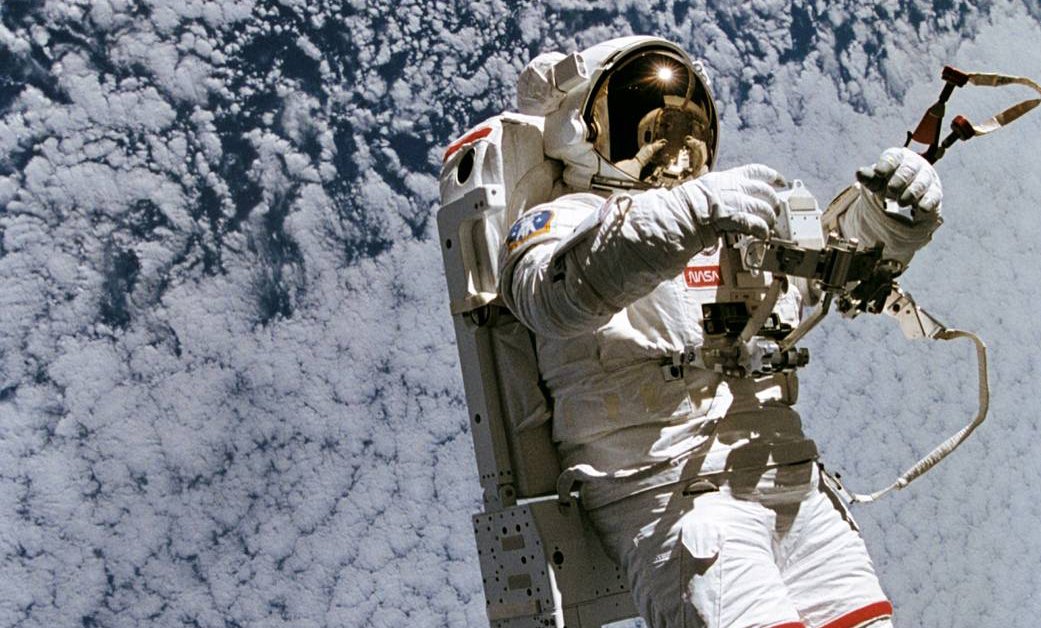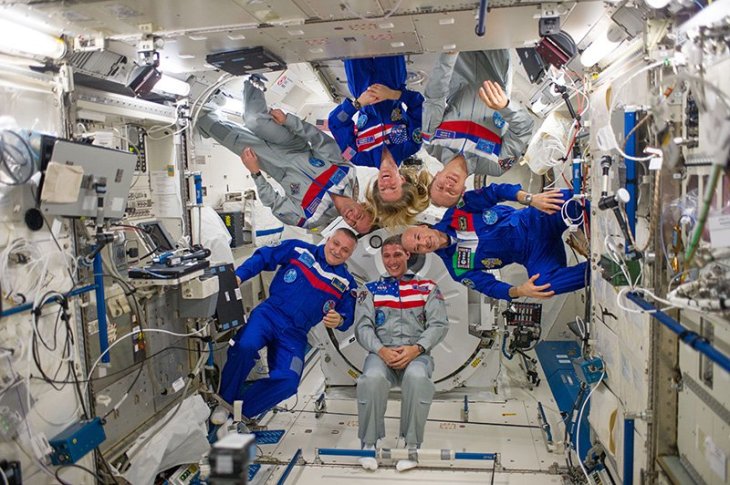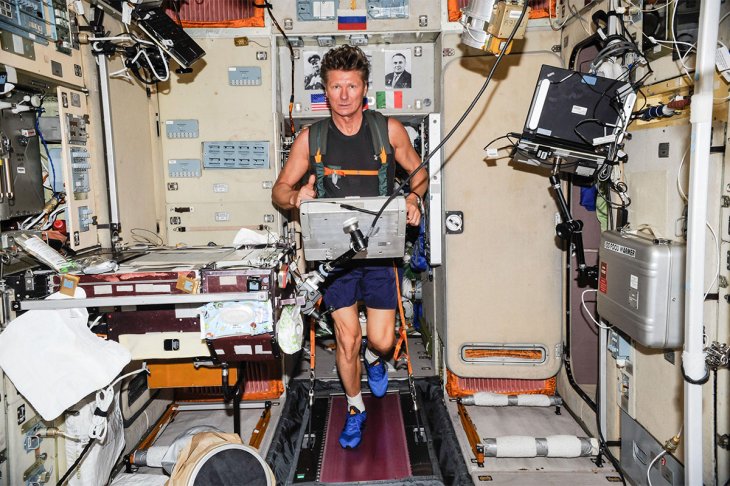Vibrating Astronauts’ Legs Can Keep Their Bones Strong
Harin - Jan 23, 2019

Researchers from the University of Strathclyde have discovered that vibrating astronauts'legs can help avoid the loss of bone density.
- German University Is Paying People Rs 140,000 For Doing Nothing
- NASA Is Building $23-Million Space Toilet For Astronauts, Here's How It Looks!
- NASA Astronauts Try To Grow Organs Aboard The ISS
When astronauts work in space, due to the reduced gravity, their bones do not have to endure the usual load that they used to carry back on Earth. This can result in the loss of bone density which will affect spacemen in the long term. And as they become older, the risk of them breaking their bones will increase significantly.

Recently, a method to prevent the loss of bone density may have been found by researchers from the United Kingdom. As funny as it may sound, this method actually requires astronauts to literally shake their legs.
Through different research, it has been discovered that by vibrating stem cells, researchers could transform them into bones. However, this vibration needs to imitate the vibrations occurring naturally in our body that help stimulate the growth of bones. The new bones can then be transplanted into those who are suffered from osteoporosis.

The team at the University of Strathclyde is optimistic that they will be able to utilize this exact technique, which is known as nanokicking, to convert stem cells into bones while they are inside a human body. This will help eliminate the transplanting step.
Similar to astronauts, people who suffer from complete loss of muscle function have a high chance of bone loss as they can’t move their limbs. For their research, the next two years will be spent on experimenting vibration on the immobilized legs of 15 willing participants with spinal cord injuries.
In an official press release, the team of researchers mentioned that their plan will be to constantly inform the United Kingdom space agency on the progress of the research. They also expressed their optimism that one day, nanokicking tech might be an effective method in helping astronauts avoiding the loss of bone density while doing their missions in space.
Featured Stories

Features - Jul 01, 2025
What Are The Fastest Passenger Vehicles Ever Created?

Features - Jun 25, 2025
Japan Hydrogen Breakthrough: Scientists Crack the Clean Energy Code with...

ICT News - Jun 25, 2025
AI Intimidation Tactics: CEOs Turn Flawed Technology Into Employee Fear Machine

Review - Jun 25, 2025
Windows 11 Problems: Is Microsoft's "Best" OS Actually Getting Worse?

Features - Jun 22, 2025
Telegram Founder Pavel Durov Plans to Split $14 Billion Fortune Among 106 Children

ICT News - Jun 22, 2025
Neuralink Telepathy Chip Enables Quadriplegic Rob Greiner to Control Games with...

Features - Jun 21, 2025
This Over $100 Bottle Has Nothing But Fresh Air Inside

Features - Jun 18, 2025
Best Mobile VPN Apps for Gaming 2025: Complete Guide

Features - Jun 18, 2025
A Math Formula Tells Us How Long Everything Will Live

Features - Jun 16, 2025
Comments
Sort by Newest | Popular